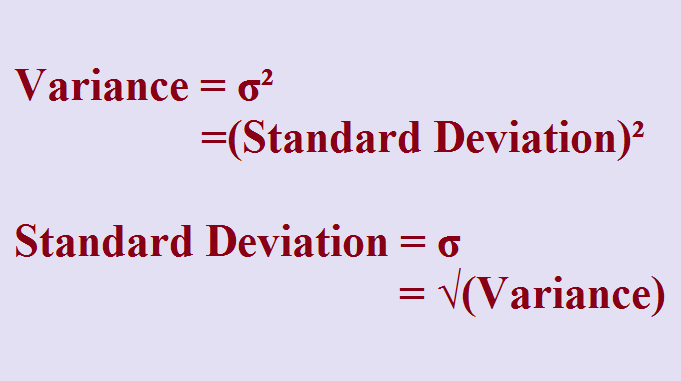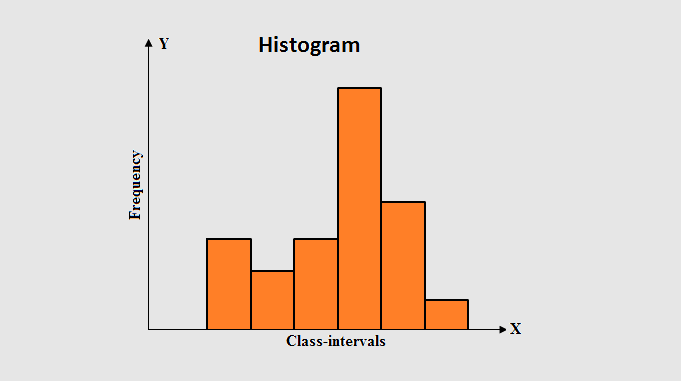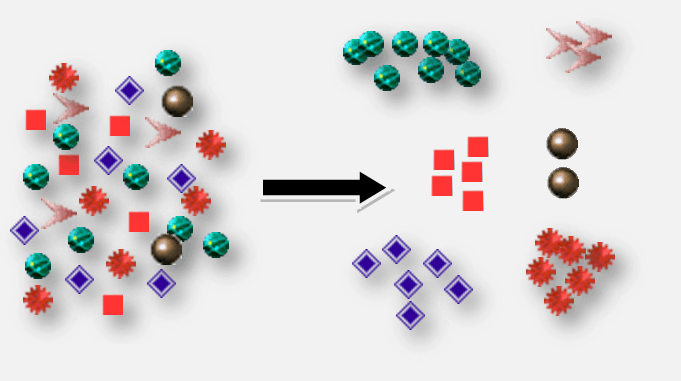
Principles of Data Classification:
For a meaningful classification of data, keep the following general considerations (principles) in mind:
- Preferably, the number of classes should vary from 5 to 15. However, there is no rigidness about it. The classes can be more than 15 depending upon the total number of observations in the data and the details required, but they should not be less than 5 because, in this case, the classification may not reveal the essential characteristics.
- As far as possible, one should avoid odd values of class-intervals, e.g., 3, 7, 11, 26, 39, etc. Ideally, class intervals should be 5 or multiples of 5, such as 10, 20, 25, 100, and so on.
- The starting point i.e., the lower limit of the first class, should either be 0 or 5 or a multiple of 5. For example, if the data’s lowest value is 63 and the class interval is 10, then the first class should be 60-70 rather than 63-73.
- To ensure continuity and to get the correct class-interval, we should adopt the ‘exclusive’ method of classification. However, if the ‘inclusive’ method is used, adjustments must be made in order to find the correct class-interval and maintain continuity.
- All classes should be the same size wherever possible. If intervals are not of uniform width, it is difficult to make meaningful comparisons between classes.
डेटा वर्गीकरण का सिद्धांत (Principles of Data Classification in Hindi):
डेटा के सार्थक वर्गीकरण के लिए, निम्नलिखित सामान्य बातों को ध्यान में रखें:
- कक्षाओं की संख्या विशेषतः 5 से 15 के बीच होनी चाहिए। हालांकि, इसमें कोई सख्ती नहीं है। डेटा में प्रेक्षणों की कुल संख्या और आवश्यक विवरण के आधार पर, कक्षाएं 15 से अधिक हो सकती हैं, लेकिन वे 5 से कम नहीं होनी चाहिए, क्योंकि इस मामले में, वर्गीकरण आवश्यक विशेषताओं को प्रकट नहीं कर सकता है।
- जहाँ तक संभव हो, वर्ग-अंतराल के विषम मानों से बचना चाहिए, जैसे, 3, 7, 11, 26, 39, आदि। आदर्श रूप से, वर्ग अंतराल 5 या 5 का गुणज होना चाहिए, जैसे 10, 20, 25, 100, इत्यादि।
- आरंभिक बिंदु अर्थात प्रथम श्रेणी की निचली सीमा या तो 0 या 5 या 5 का गुणज होनी चाहिए। उदाहरण के लिए, यदि आँकड़ों का न्यूनतम मान 63 है और वर्ग अंतराल 10 है, तो प्रथम श्रेणी 63-73 के बजाय 60-70 होनी चाहिए।
- निरंतरता सुनिश्चित करने और सही वर्ग-अंतराल प्राप्त करने के लिए, हमें वर्गीकरण की ‘अपवर्जी (exclusive)’ पद्धति को अपनाना चाहिए। हालाँकि, यदि ‘समावेशी (inclusive)’ पद्धति का उपयोग किया जाता है, तो सही वर्ग-अंतराल खोजने और निरंतरता बनाए रखने के लिए समायोजन (adjustments) किया जाना चाहिए।
- जहां तक संभव हो सभी वर्ग (classes) समान आकार के होने चाहिए। यदि अंतराल (intervals) एक समान चौड़ाई के नहीं हैं, तो वर्गों के बीच सार्थक तुलना करना कठिन है।
(Source – Various books of college library)
Copyrighted Material © 2019 - 2024 Prinsli.com - All rights reserved
All content on this website is copyrighted. It is prohibited to copy, publish or distribute the content and images of this website through any website, book, newspaper, software, videos, YouTube Channel or any other medium without written permission. You are not authorized to alter, obscure or remove any proprietary information, copyright or logo from this Website in any way. If any of these rules are violated, it will be strongly protested and legal action will be taken.




Be the first to comment